Recombinant Mouse Otoferlin (Otof), partial
In Stock-
中文名稱:小鼠Otof重組蛋白
-
貨號(hào):CSB-EP017272MO
-
規(guī)格:¥2328
-
圖片:
-
其他:
產(chǎn)品詳情
-
純度:Greater than 85% as determined by SDS-PAGE.
-
基因名:
-
Uniprot No.:
-
種屬:Mus musculus (Mouse)
-
蛋白長度:Partial
-
來源:E.coli
-
分子量:54.2 kDa
-
表達(dá)區(qū)域:1461-1868aa
-
氨基酸序列KVPLPEDVSREAGYDPTYGMFQGIPSNDPINVLVRIYVVRATDLHPADINGKADPYIAIKLGKTDIRDKENYISKQLNPVFGKSFDIEASFPMESMLTVAVYDWDLVGTDDLIGETKIDLENRFYSKHRATCGIAQTYSIHGYNIWRDPMKPSQILTRLCKEGKVDGPHFGPHGRVRVANRVFTGPSEIEDENGQRKPTDEHVALSALRHWEDIPRVGCRLVPEHVETRPLLNPDKPGIEQGRLELWVDMFPMDMPAPGTPLDISPRKPKKYELRVIVWNTDEVVLEDDDFFTGEKSSDIFVRGWLKGQQEDKQDTDVHYHSLTGEGNFNWRYLFPFDYLAAEEKIVMSKKESMFSWDETEYKIPARLTLQIWDADHFSADDFLGAIELDLNRFPRGAKTAKQCTMEM
Note: The complete sequence may include tag sequence, target protein sequence, linker sequence and extra sequence that is translated with the protein sequence for the purpose(s) of secretion, stability, solubility, etc.
If the exact amino acid sequence of this recombinant protein is critical to your application, please explicitly request the full and complete sequence of this protein before ordering. -
蛋白標(biāo)簽:N-terminal 10xHis-tagged and C-terminal Myc-tagged
-
產(chǎn)品提供形式:Liquid or Lyophilized powder
Note: We will preferentially ship the format that we have in stock, however, if you have any special requirement for the format, please remark your requirement when placing the order, we will prepare according to your demand. -
緩沖液:If the delivery form is liquid, the default storage buffer is Tris/PBS-based buffer, 5%-50% glycerol. If the delivery form is lyophilized powder, the buffer before lyophilization is Tris/PBS-based buffer, 6% Trehalose.
-
復(fù)溶:We recommend that this vial be briefly centrifuged prior to opening to bring the contents to the bottom. Please reconstitute protein in deionized sterile water to a concentration of 0.1-1.0 mg/mL.We recommend to add 5-50% of glycerol (final concentration) and aliquot for long-term storage at -20℃/-80℃. Our default final concentration of glycerol is 50%. Customers could use it as reference.
-
儲(chǔ)存條件:Store at -20°C/-80°C upon receipt, aliquoting is necessary for mutiple use. Avoid repeated freeze-thaw cycles.
-
保質(zhì)期:The shelf life is related to many factors, storage state, buffer ingredients, storage temperature and the stability of the protein itself.
Generally, the shelf life of liquid form is 6 months at -20°C/-80°C. The shelf life of lyophilized form is 12 months at -20°C/-80°C. -
貨期:3-7 business days
-
注意事項(xiàng):Repeated freezing and thawing is not recommended. Store working aliquots at 4°C for up to one week.
-
Datasheet & COA:Please contact us to get it.
相關(guān)產(chǎn)品
靶點(diǎn)詳情
-
功能:Key calcium ion sensor involved in the Ca(2+)-triggered synaptic vesicle-plasma membrane fusion and in the control of neurotransmitter release at these output synapses. Interacts in a calcium-dependent manner to the presynaptic SNARE proteins at ribbon synapses of cochlear inner hair cells (IHCs) to trigger exocytosis of neurotransmitter. Also essential to synaptic exocytosis in immature outer hair cells (OHCs). May also play a role within the recycling of endosomes.
-
基因功能參考文獻(xiàn):
- Otoferlin thus functions as a Ca(2+) sensor, setting the rates of primed vesicle fusion with the presynaptic plasma membrane and synaptic vesicle pool replenishment in the inner hair cell active zone. PMID: 29111973
- Furthermore, this F-actin mesh network attached to the synaptic ribbons directly influences the efficiency of otoferlin-dependent exocytosis and its sensitivity to intracellular hydrostatic pressure. PMID: 26568308
- Mice that carry a mutation in a calcium binding domain of Otoferlin, the putative calcium sensor at hair cell synapses, have normal distortion product otoacoustic emissions (DPOAEs), but auditory brain stem responses (ABRs) are absent. PMID: 25253474
- a direct role for otoferlin in exocytosis and modulation of calcium-dependent membrane fusion PMID: 24478316
- The analysis of otoferlin knockout mice gave the 1st insights into its function in inner hair cell calcium-dependent exocytosis & type-i vestibular hair cells. Review. PMID: 22959777
- Co-localization studies revealed an overlap of Ergic2 and Otoferlin signals in IHCs and neurons of cerebral cortical layer I making Ergic2 the promising binding candidate PMID: 22613993
- Otoferlin deletion does not affect transmitter release at hippocampal synapses. PMID: 21451027
- Otoferlin is a calcium sensor that can directly regulate soluble N-ethyl-maleimide sensitive fusion protein attachment protein receptor-mediated membrane fusion reactions. PMID: 20921140
- Otoferlin underlies highly efficient calcium ion-dependent membrane fusion, a process likely essential to increase the probability and synchrony of vesicle fusion events at the mature inner hair cell ribbon synapse. PMID: 20926654
- Deficient vesicle replenishment underlies the hearing impairment of Otof(Pga/Pga) mice. Otoferlin may confer the high capacity for vesicle re-supply to the inner hair cell synapse. PMID: 20562868
- Otoferlin is essential for a late step of synaptic vesicle exocytosis and may act as the major Ca(2+) sensor triggering membrane fusion at the auditory inner hair cell ribbon synapse. PMID: 17055430
- Missense mutation of Otof underlies deafness phenotype of ENU-induced deaf5 mutation. PMID: 17967520
- Otoferlin, the putative major calcium sensor at inner hair cell ribbon synapses, is also essential to synaptic exocytosis in immature outer hair cells. PMID: 18287496
- Otoferlin-Rab8b interaction links otoferlin to the basolateral endocytic and secretory trafficking. PMID: 18772196
- Direct interaction of otoferlin with syntaxin 1A, SNAP-25, and the L-type voltage-gated calcium channel Cav1.3. PMID: 19004828
- Otoferlin and myosin VI mutant showed a reduced basolateral synaptic surface area and altered topography of the inner hair cell. PMID: 19417007
- Otoferlin is essential for a high-affinity Ca(2+) sensor function that allows efficient and linear encoding of low-intensity stimuli at the vestibular hair cell synapse. PMID: 19710301
顯示更多
收起更多
-
亞細(xì)胞定位:Cytoplasmic vesicle, secretory vesicle, synaptic vesicle membrane; Single-pass type II membrane protein. Basolateral cell membrane; Single-pass type II membrane protein. Endoplasmic reticulum membrane; Single-pass type II membrane protein. Golgi apparatus membrane; Single-pass type II membrane protein. Cell junction, synapse, presynaptic cell membrane; Single-pass type II membrane protein. Cell membrane; Single-pass type II membrane protein. Note=Detected at basolateral cell membrane with synaptic vesicles surrounding the ribbon and at the presynaptic plasma membrane in the inner hair cells (IHCs) at postnatal day 30 (P30). Colocalizes with GPR25 and RAB8B in inner hair cells.
-
蛋白家族:Ferlin family
-
組織特異性:Isoform 1 is expressed in cochlea and brain. Expressed in the cochlear and vestibular hair cells. Expressed in both inner and outer hair cells (IHCs and OHCs) and cochlear ganglions neurons at postnatal day 2 (P2) and 6 (P6). Expressed only in IHCs at pos
-
數(shù)據(jù)庫鏈接:
Most popular with customers
-
Recombinant Human Delta-like protein 3 (DLL3), partial (Active)
Express system: Mammalian cell
Species: Homo sapiens (Human)
-
Recombinant Macaca mulatta Semaphorin-4D isoform 1 (SEMA4D), partial (Active)
Express system: Mammalian cell
Species: Macaca mulatta (Rhesus macaque)
-
Recombinant Macaca fascicularis CD93 molecule (CD93), partial (Active)
Express system: Mammalian cell
Species: Macaca fascicularis (Crab-eating macaque) (Cynomolgus monkey)
-
Recombinant Human Early activation antigen CD69 (CD69), partial (Active)
Express system: Mammalian cell
Species: Homo sapiens (Human)
-
Recombinant Macaca fascicularis C-type lectin domain family 4 member C(CLEC4C), partial (Active)
Express system: Mammalian cell
Species: Macaca fascicularis (Crab-eating macaque) (Cynomolgus monkey)
-
Recombinant Macaca fascicularis Gastric inhibitory polypeptide receptor (GIPR), partial (Active)
Express system: yeast
Species: Macaca fascicularis (Crab-eating macaque) (Cynomolgus monkey)
-
Recombinant Human Tumor necrosis factor ligand superfamily member 15(TNFSF15) (Active)
Express system: Mammalian cell
Species: Homo sapiens (Human)

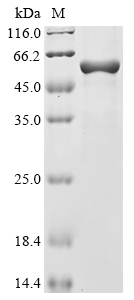

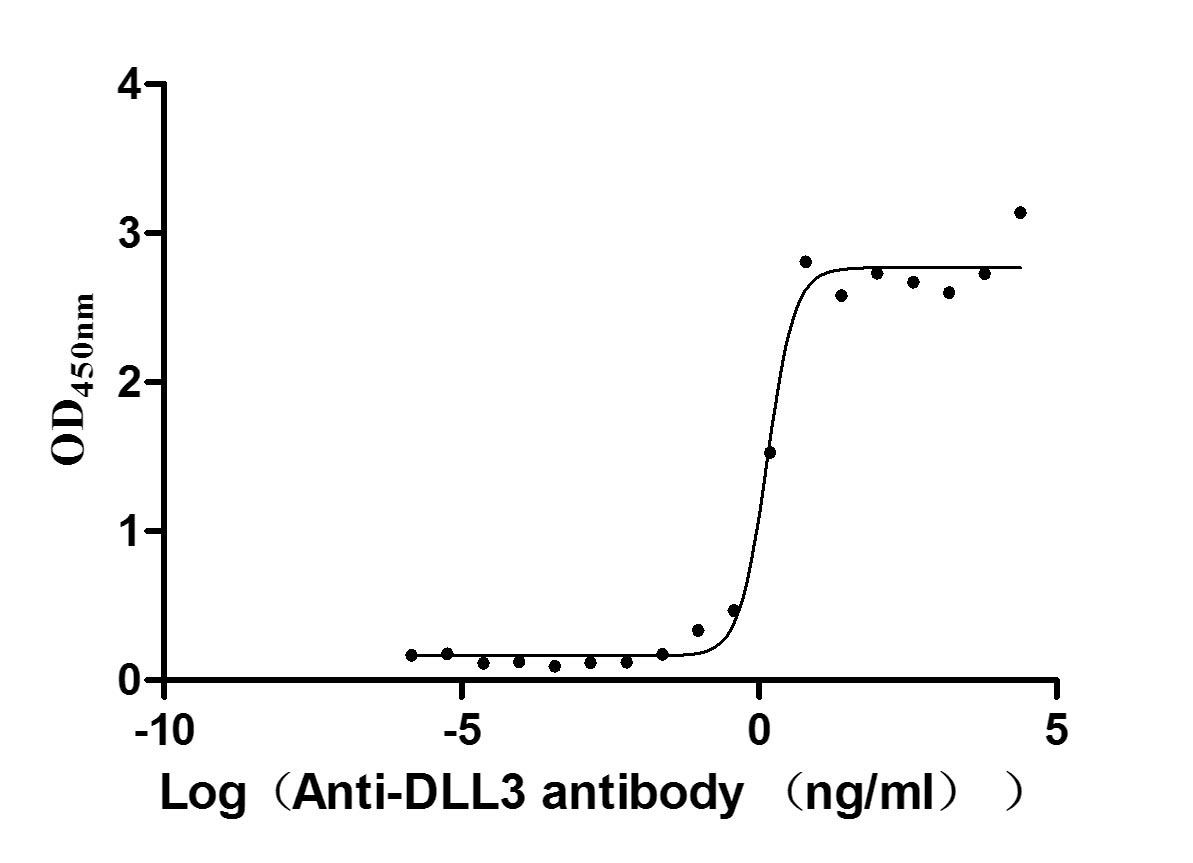
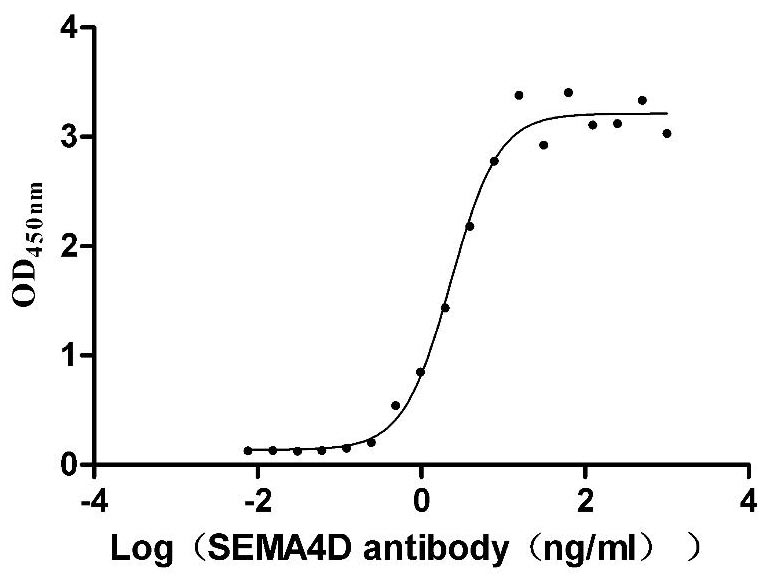
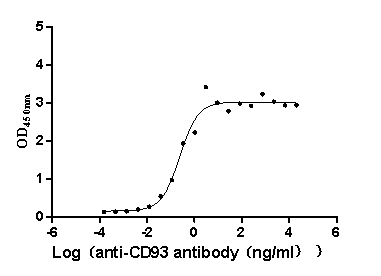
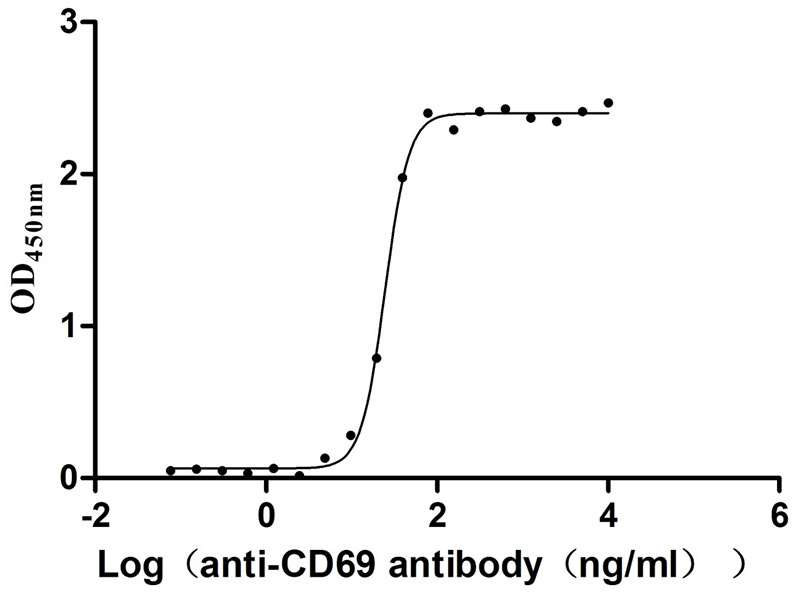
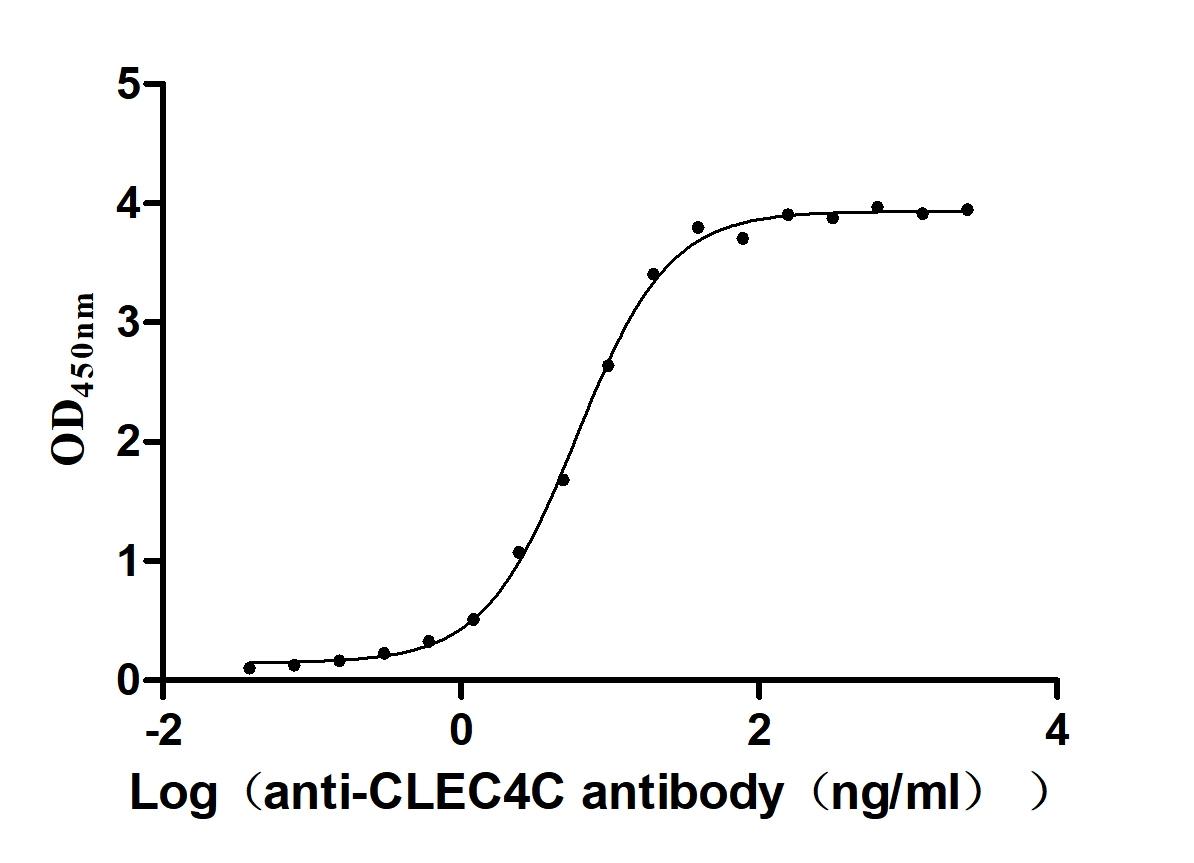

-AC1.jpg)









